Unique Caribbean Islands
Tranquil beauty, stunning blue waters, delectable island cuisine, stretches of glistening white sand, and lots of sunshine: The Caribbean is home to a handful of vastly beautiful and distinct islands that bring waves of sun-searching travelers from near and far season after season.
But while many island travelers think of the Caribbean's individual islands as one homogeneous holiday destination, each island is quite different. The diverse foods, drinks, languages, and traditional activities of each country come from varying histories across distinct landscapes and geographies.
Whether you are a culinary traveler, an athlete, a wide-eyed explorer, or a beach bum looking to soak up some rays, here are five of the Caribbean's most popular island destinations — and what makes them different from their neighboring islands.
Jamaica
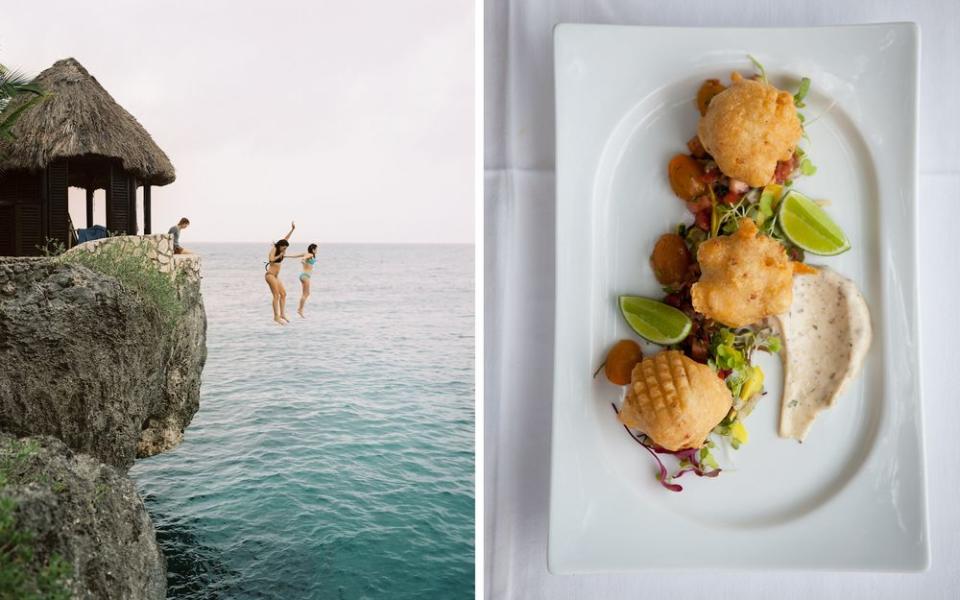
Historically, Jamaica is known by travelers for a vibrant music scene, specifically reggae, ska, and dance hall. The importance of music still permeates the island's culture at festivals and celebrations throughout the year.
Always strong performers on the track and field world stage, Jamaican sporting events attracts visitors from far and wide. Be it the Reggae Run Marathon along the stunning Seven Mile Beach in Negril or the nail-biting VMBS National Athletics Championship, the track is the perfect place to watch future Olympians or pretend that you are one yourself. If cycling is your thing, Jamaica's breathtaking Blue Mountains, miles of luscious jungle, and beautiful rain forest provides the perfect trail.
For the foodie, Jamaica offers its famous Jerk spice, the best coffee in the Caribbean, and the classic Red Stripe Beer. You can visit plantations all over the island to grind your own blend of java, create spices with local cooks, and cool your mouth with Red Stripe after a tasty meal.
Barbados
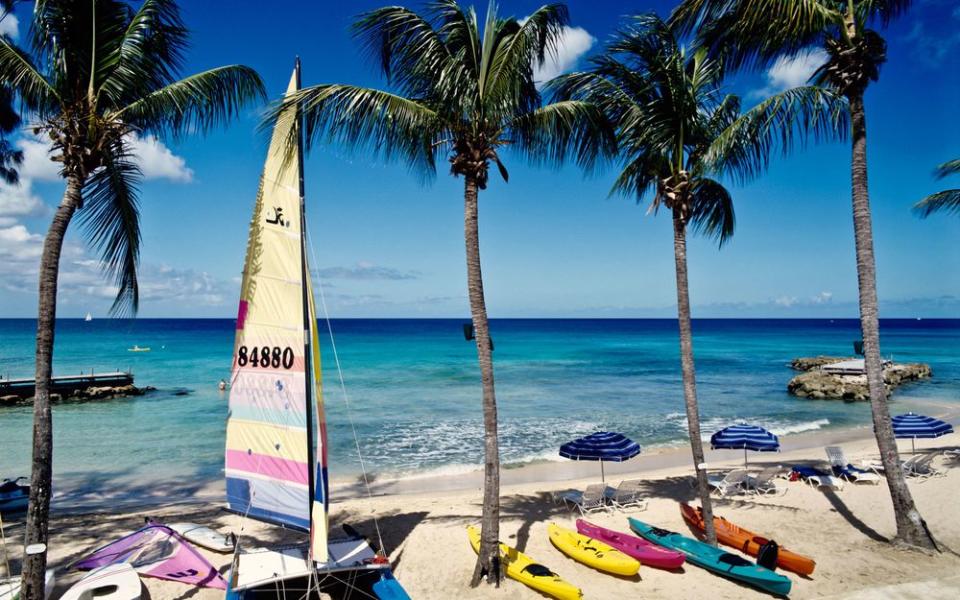
Barbados has an internationally renowned cricket team, producing several of the sports' greatest cricketers. Many varieties of fish are found around the island (including flying fish, King fish, and Swordfish), giving Barbados the well-deserved reputation of serving the Caribbean's best fish.
The most exciting time of year is called the Crop Over, which begins in June and runs for five weeks. Founded in 1688, this festival celebrates the harvesting of sugar cane and consists of many competitions including climbing the greased pole, as well as feasting and rum drinking (Barbados is famous for their rum). With food stalls, craft markets, and a King and Queen of the Crop, the festival culminates in a musical battle with contestants placing political or social lyrics over Trinidad-inspired soca or calypso beats. This final day is a national holiday on the island.
Trinidad and Tobago
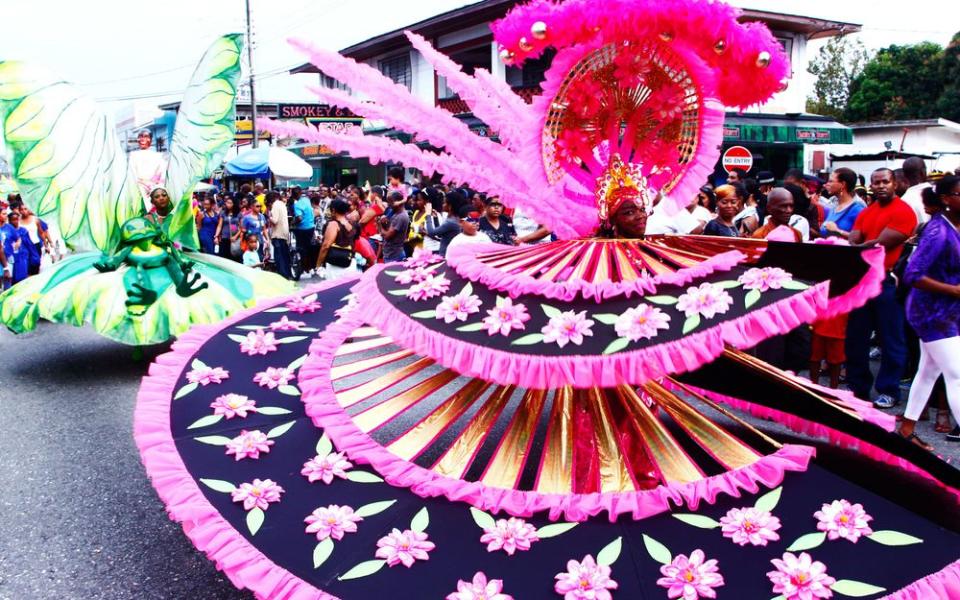
Trinidad and Tobago is a multicultural pot of scents, tastes, spices, and aromas. The local menu is a reflection of the islands' various cultural roots (namely East-Indian, Chinese, Creole, African, and European cuisine).
Trinidad and Tobago is perhaps most famous for its annual two day Carnival every February. Birthplace of soca, calypso, the limbo, and steel pan (the only musical instrument invented in the 20th Century), Trinidad is also known to have the largest, most explosively colorful and culturally mixed Carnival celebration in the Caribbean. This all-inclusive event includes Kiddies Carnival, Panarama, Dimanche Gras, J'ouvert, and Carnival Monday and Tuesday.
Missed the Carnival itself? Not to worry: During the summer months, you can get a taste of what is to come with band launch events, showcasing costume themes for the next Carnival.
St. Lucia
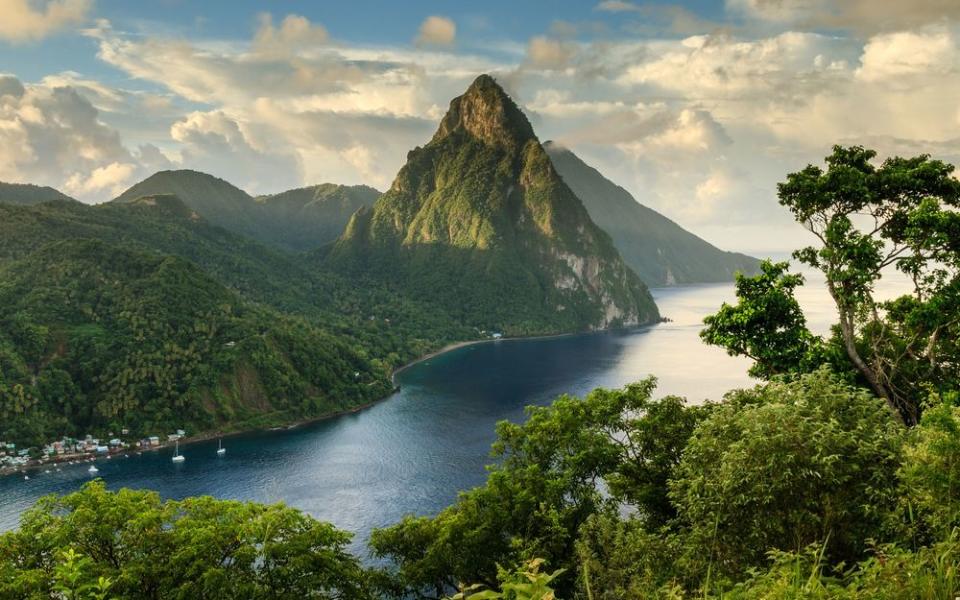
Perhaps what sets St. Lucia apart the most from its neighboring island is its historically thriving cocoa industry. Some of the world's best chocolate comes from St. Lucia, and travelers can visit chocolate plantations, make chocolate, explore chocolate labs, and even visit chocolate-inspired spas.
Unlike many of its Caribbean cousins, St. Lucia has volcanic geography, most famously, the iconic Piton Mountains. This UNESCO world heritage site offers cycling and hiking for those in search of adventure.
St. Lucia also has the world's only "drive-in volcano" which can be visited at any time throughout the year.
Aruba
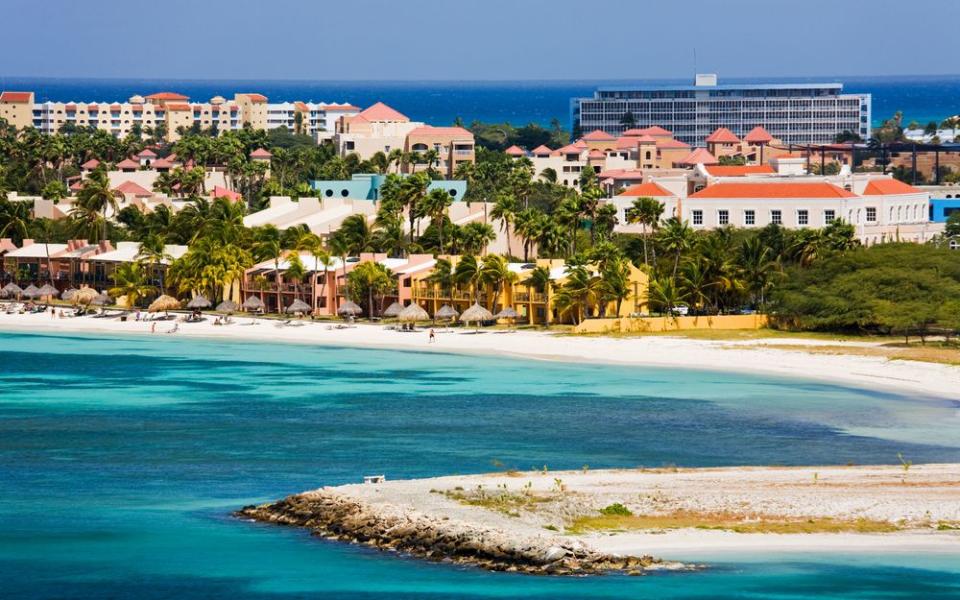
Aruba was claimed by the Spanish in the 1490s before becoming a Dutch colony a few hundred years later. These cultural influences are seen in the island's classic Spanish architecture, their Catholic-based traditions, as well as the Dutch national celebrations, like the King's birthday or Dia di Ray.
Unlike the rest of the Caribbean, Aruba has a drier climate with more cacti than palm trees, and produces a great deal of aloe. It's National park, Arikok National Park, covers 18 percent of the island, made up primarily of lava formations, limestone, and quartz diorite. Aruba's rocky, desert-like landscape provides some of the best hiking and biking trails in the region.

